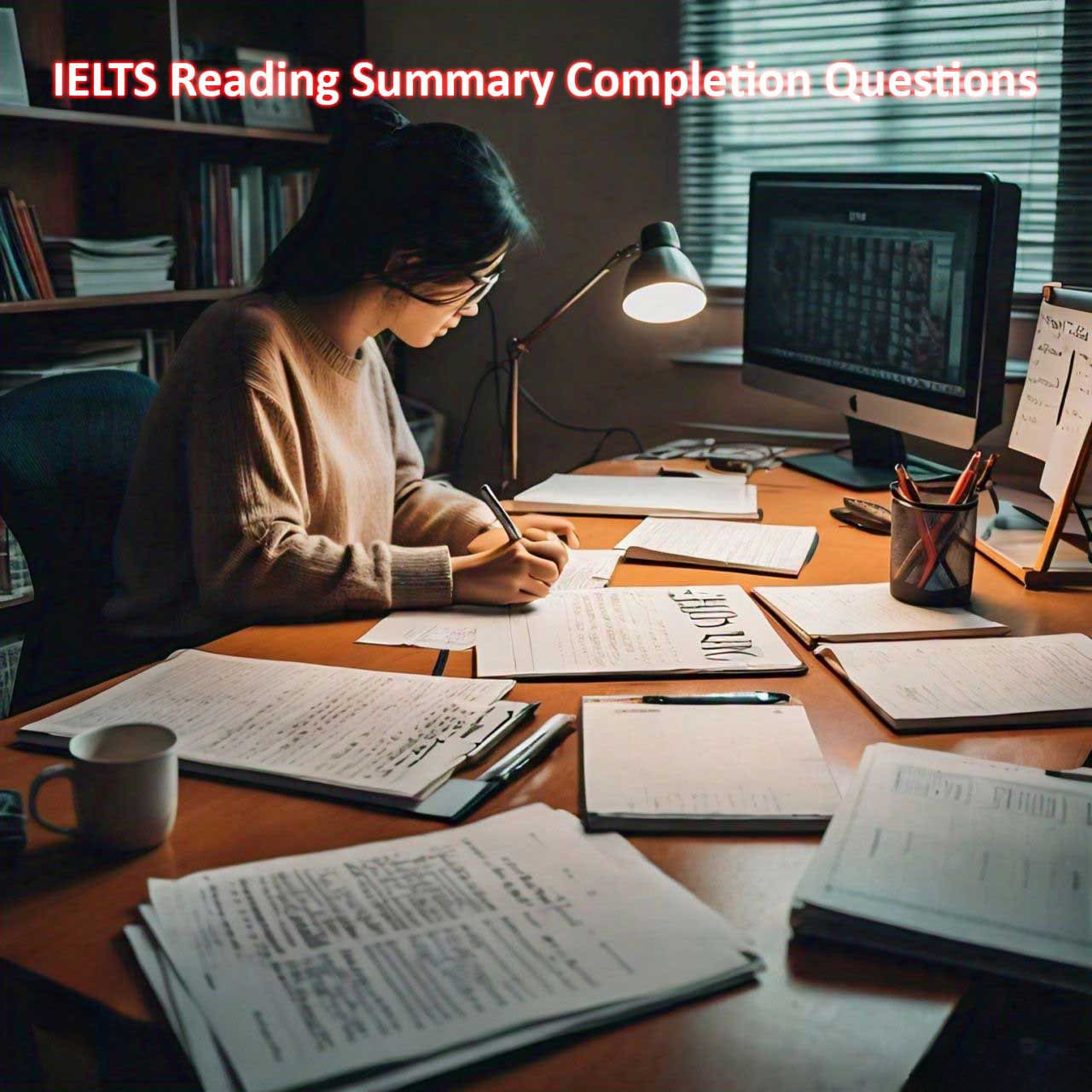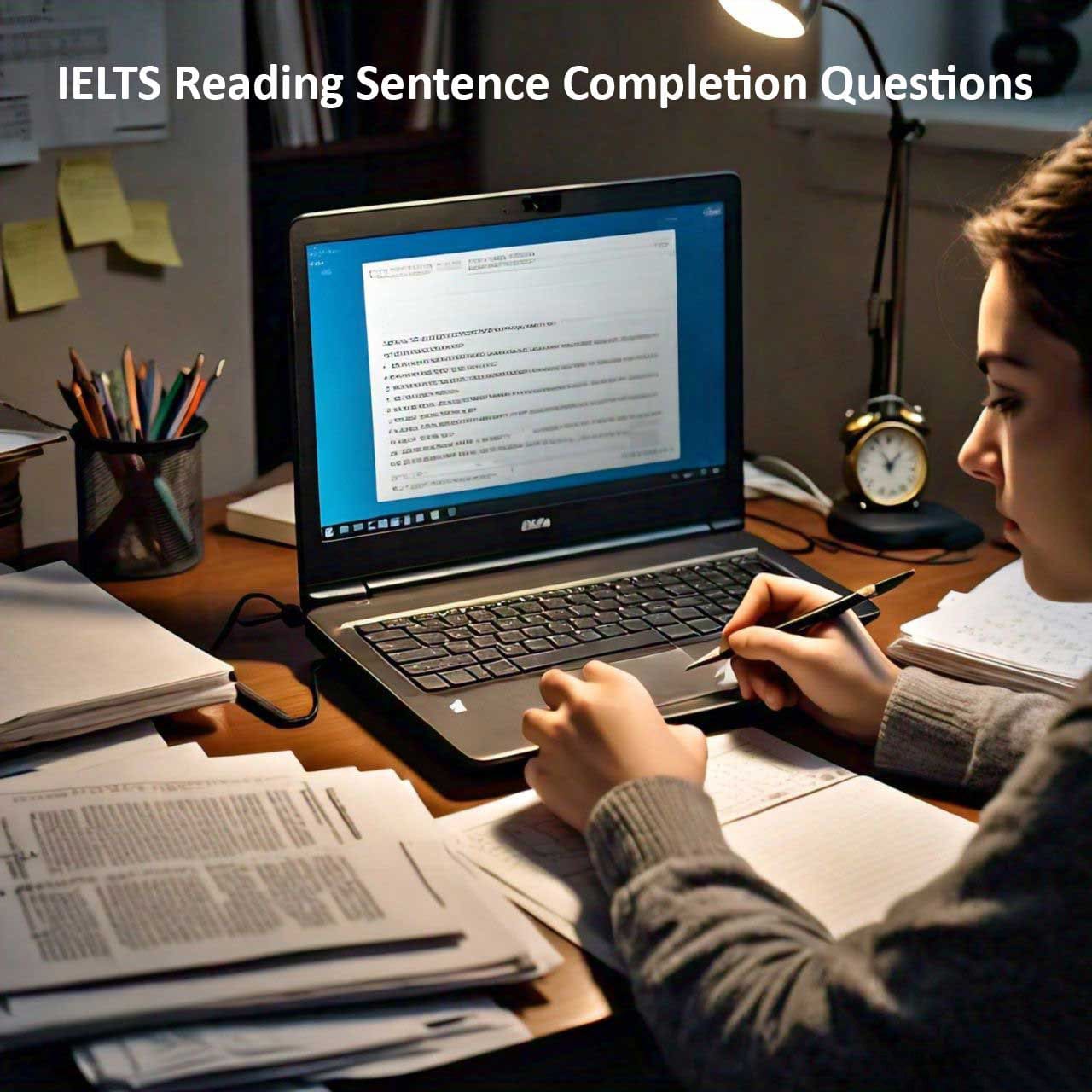The IELTS (International English Language Testing System) Reading section is a critical component of the exam, designed to assess your ability to comprehend and analyze written texts. Within this section, multiple choice questions present a specific challenge, requiring not only an understanding of the text but also effective test-taking strategies. In this blog post, we’ll explore how to approach IELTS Reading multiple choice questions strategically to maximize your chances of success.
Table of Contents
Understanding IELTS Reading Multiple Choice Questions
Multiple choice questions in the IELTS Reading section typically consist of a question followed by three or four options (A, B, C, D). Test-takers are required to choose the correct answer based on information provided in the accompanying passage. These questions assess various reading skills, including comprehension, inference, and deduction.
Strategies for Approaching IELTS Reading Multiple Choice Questions
1. Read the Instructions Carefully:
– Start by reading the instructions for each multiple choice question carefully. Pay attention to any specific guidelines regarding the number of correct answers and whether you need to choose one or more options.
2. Skim the Questions First:
– Before reading the passage, skim through the multiple choice questions to get an overview of the types of information you need to look for. This can help you focus your reading and anticipate relevant details.
3. Scan the Passage:
– Scan the passage quickly to locate the relevant section or paragraphs related to each question. Look for keywords or phrases that match those in the question stem.
4. Highlight Key Information:
– As you read the passage, highlight or underline key information that corresponds to the options in the multiple choice questions. This will help you identify and compare relevant details more easily.
5. Eliminate Incorrect Options:
– Use the process of elimination to eliminate any options that are clearly incorrect based on the information provided in the passage. Narrowing down your choices can increase your chances of selecting the correct answer.
6. Consider Context and Tone:
– Consider the context and tone of the passage when choosing your answer. Look for clues in the surrounding text that indicate the author’s attitude, perspective, or purpose.
7. Be Wary of Traps:
– Beware of distractors or traps designed to confuse you. Some options may be partially correct or seem plausible but ultimately lead you astray. Always refer back to the passage to verify your answer.
8. Manage Your Time Wisely:
– Pace yourself and allocate your time strategically across the multiple choice questions. If you encounter a particularly challenging question, don’t dwell on it for too long—move on and come back to it later if time allows.
9. Guess if Necessary:
– If you’re unsure about the correct answer, make an educated guess based on your understanding of the passage and the options provided. It’s better to guess than to leave a question unanswered.
10. Review Your Answers:
– Take a moment to review your answers before submitting your response sheet. Double-check that you’ve selected the correct options and that your answers are consistent with the information in the passage.
Conclusion
Approaching IELTS Reading multiple choice questions strategically can significantly enhance your performance on the exam. By carefully reading the instructions, skimming the questions, scanning the passage, highlighting key information, eliminating incorrect options, considering context and tone, being wary of traps, managing your time wisely, guessing if necessary, and reviewing your answers, you can navigate these questions with confidence and accuracy. Remember to practice these strategies regularly to hone your skills and maximize your success on test day. With diligence and determination, you’ll be well-equipped to tackle IELTS Reading multiple choice questions and achieve your desired score.



